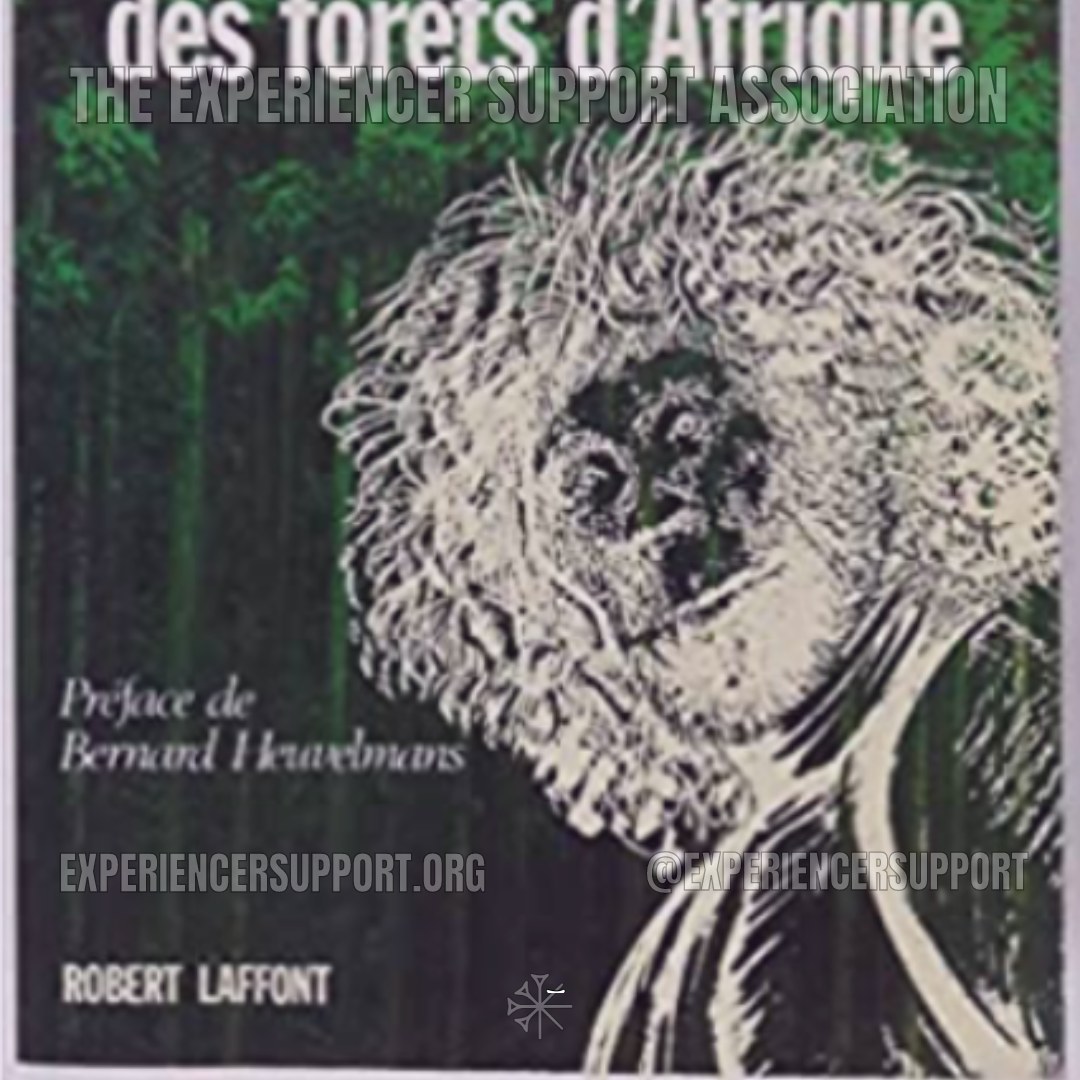The Last Hominin: Exploring Cryptid Mysteries in Africa
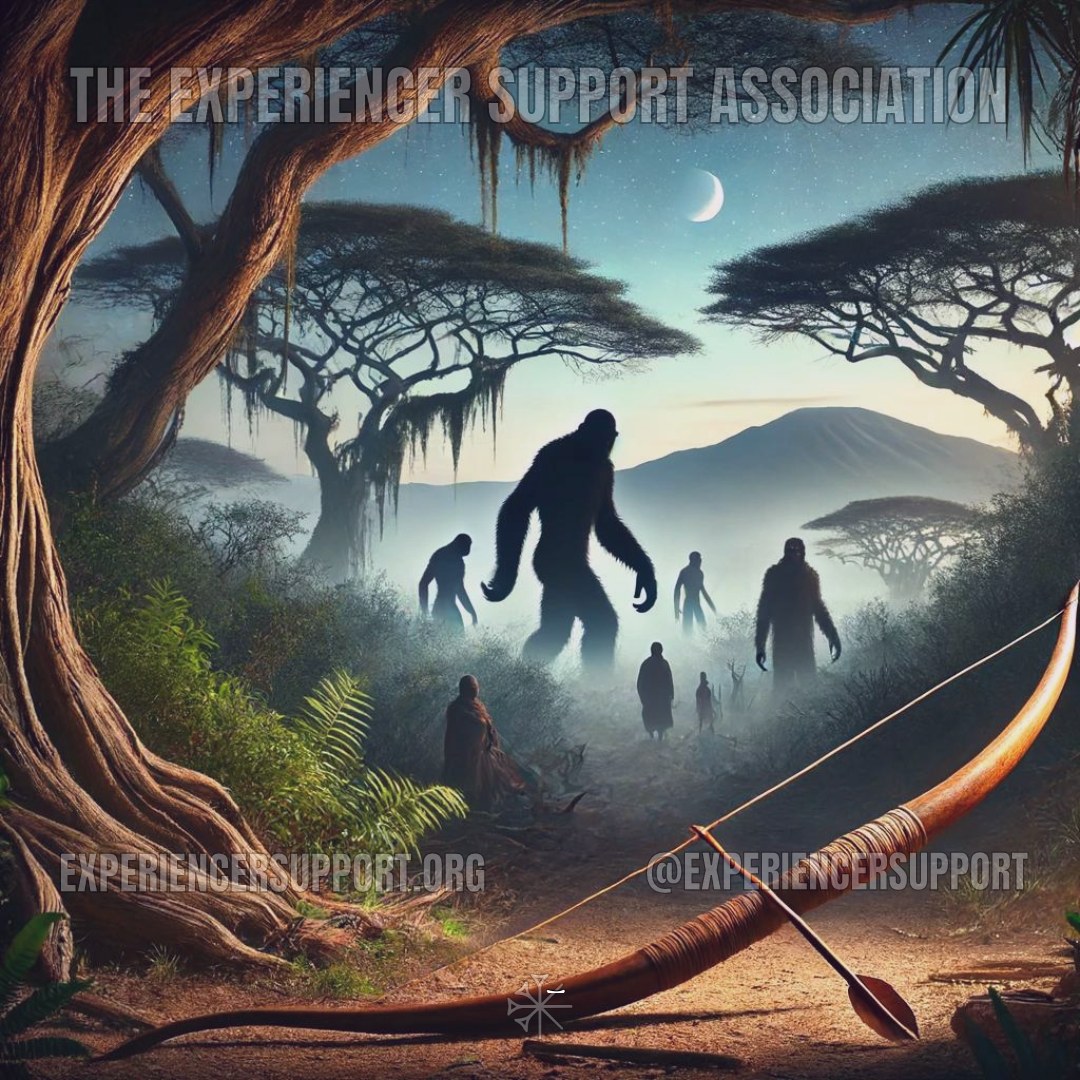
I went to school for Bigfoot, not specifically for Bigfoot, but I picked one of my majors, Anthropology, precisely to understand all Bigfoot modalities. Bigfoot is just one of the related and unrelated concepts; the Yeti, Almas, Orang Pendek, and others suggest a physical and behavioural link that I realized early on needed a solid background in Anthropology, Primatology, and specifically Hominid evolution. From apes preceding the human Chimp split to early humans to primitive apes, everything in between was necessary.Â
When I was in school, Hominid evolution was a simple concept; apes on one side led to today’s great apes, and Hominins on the other, starting with Australopithecines and ending with us. However, the term Hominin has yet even to exist. The idea was simple: a progressive timeline from a more apelike and smaller brain to a less apelike and bigger brain, with all traits evolving in complexity through time. Except, that was way too simplistic a model, and with the discovery of Homo floresiensis, Homo naledi, and Hominin co-existing with modern humans in recent times with a mix of contemporary and primitive traits, the genetic revelation that Homo sapiens mated with Neanderthals and Denisovans and potential “Ghost Species,” everything changed. So much more was possible now, and within all this paradigm shift resides the biggest mystery in Cryptozoology and Hominin evolution, and that is Kenya’s X.
Jaqueline RoumeguĂ©re-Eberhardt (JRE) was a well-known and respected anthropologist who lived in a world far from Maasai villages and the deep forests of Kenya and Tanzania. However, among the Maasai people, she was simply Jaqueline, a friend and an accepted community member. Away from Kenya, she obtained a Master’s degree at the University of Johannesburg, moved to France, obtained two Doctorates, and then headed the prestigious CNRS, the French National Centre for Research. She was firmly entrenched in academia, but the call of Kenya was too difficult to ignore, and these strange creatures she called X changed everything.
Species X
She would eventually step away from the limelight, in part due to the hostility towards the possibility of X. X was the term she used for all Yeti/Bigfoot types in Africa, but also for more human Hominins that appear to live in the forests and jungles of Kenya and Tanzania.Â
She labelled them:
Â
Â
X1
This is the most common type, similar to Bigfoot, Yetis and Russian Almastys, but with apparently more variation in size, especially towards the smaller scale…The face is human-looking, somewhat devoid of hair, although it has thicker features. X 1 sometimes uses a club or a branch while hunting, especially for buffalos. While they rarely attack domestic animals, wild buffalos appear to be one of their primary source of meat. Also, they routinely drink the blood of slain buffalos.Â
They are non-aggressive towards humans but have a particular curiosity towards children. They, at times, grab children, and sometimes adults, to observe them for a little while and then let them go. They vocalize among themselves, but whether that constitutes a bona fide language is unknown. JRE felt that they were hominins, perhaps a continuation of Australopithecines or Homo electrotypes. Isabell, her daughter, confirmed this hypothesis to me personally through email. X1 lives deep in the forest.
Â
X2
X2 is human and not covered in hair and with light-coloured skin. X2 is more prominent on average than local Kenyans, considerably so. They are described as very aggressive and considered very dangerous by RoumeguĂ©re’s sources. They have a strange habit of getting excited by fire and rushing towards them to put them out and scatter the ashes all over. Very little else is known about them, but they are thought to live in caves.Â
Â
X3
X3 is an isolated case of what appears to be a member of the Maasai tribe that lived alone in the forest. He was old, so since these reports are from the late 1970s, he is presumably now dead.Â
Â
X4
X4 Also appears to be a case of a tribe of humans that live further out in the forest. X4 is small, has explicit language, and is quite possibly an unknown Pygmy tribe. There are few sightings of this type of X, and like X3, these may be modern humans. Since X4 eats raw meat and is small in stature, JRE speculated that they may be a relative of early humans. When reading her book, I thought she needed to be more sure of having a hypothesis for X4 and X3, especially compared to X1 and X2. This is just speculation on my part, however.Â
Â
X5
Humans, like X2, X3, and X4, use artifacts, but it is known from only one case and is essential. X5 is the one that left the famous bow and arrow behind, which I’ll discuss in more detail later. His relationship to X2 X3, or X4, is unknown, and because of that and the uniqueness of the bow and arrow, JRE labelled this one case separately as X5.
Â

What’s important here is that she didn’t obtain her data from strangers where cultural translations could interfere with the interpretation of data. She had been living among the people since 1966, and as such, she obtained her information and stories from friends, people she knew, people she learned to share a culture with, and that makes all the difference in the world. This was the best kind of anthropology, trained in collecting evidence and interpretation from firsthand insider knowledge.Â
As such, she had a unique advantage in being able to receive stories that usually would remain internal, and it was on such an occurrence that a 30-year-old Maasaishe had known for quite some time, noticed a magazine she was reading, Time magazine to be precise, from 1977, with a representation of Homo habilis on the cover next to Richard Leakey. Leakey ironically would later become very critical of JRE’s hypothesis that an archaic species of man survived to the modern day in the African forests.Â
Her friend, a former Maasai warrior taking an interest in the depiction of Homo habilis, looks at JRE and says, “You know I’ve seen him, but he is much more powerful, …and my friend was even held captive by one”.
Â
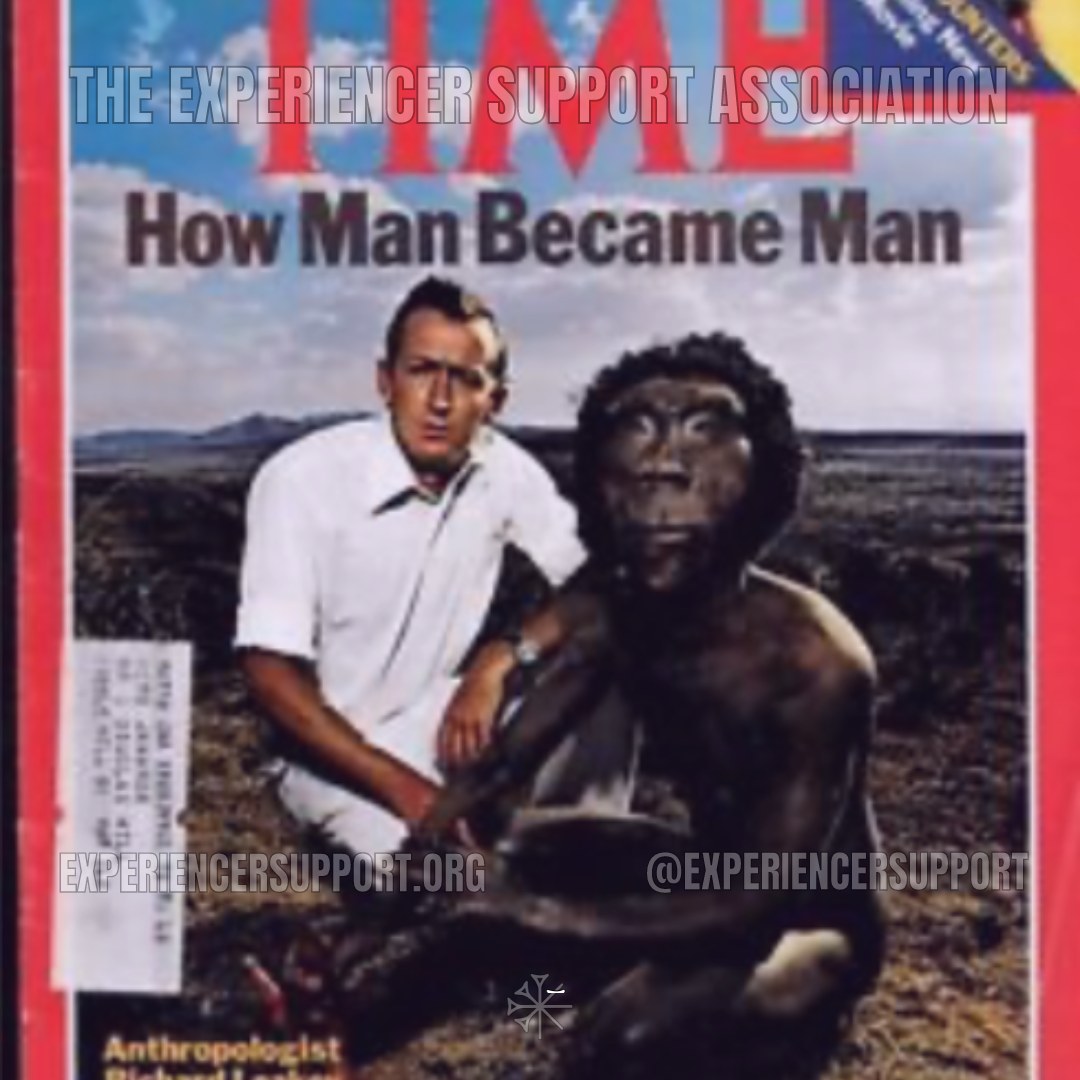
Intrigued, she started enquiring and collecting more stories of up-close encounters with these strange dwellers in the forest. She quickly realized that she might be dealing with several different types, as many as five kinds of X, as we have already discussed. Her research culminated in her book “Dossier X. Les HominidĂ©s non identifies des forĂŞts d’Afrique,” which was only published in French.
Â
In the book, she talks about close to 80 encounters with, as we have seen, Bigfoot types and human types, some modern humans and others that can only be described as similar to ancestral humans.
The book doesn’t tell all, though. I contacted her daughter, Isabelle, who informed me she had collected 133 accounts. Up close sightings of X1 included the sighting of a female picking bugs off the male and eating them in typical ape behaviour before walking away on two feet. She had numerous close encounters with hunters, including a dead specimen lying in the forest found by a hunter she knew. The descriptions were consistent and covered with hair, naked, no language, very robust and bipedal.Â
There were also other tales of what appeared to be more human versions but still did not belong to any known tribe. The latter, Isabelle informed me, were undoubtedly human but didn’t appear to have a known language and used primitive tools. Perhaps most peculiarly, they had a habit of covering themselves in ash. I didn’t have the chance to inquire further about the covered-in-ash people, but I assume this refers to X2. This is something I’m still pursuing.
A quick note here in terms of the usage of the term primitive. Primitive, as I learned to use the term in Anthropology, has no negative connotations. It does not infer inferiority or hierarchy. It is simply a term designed to designate a tool culture or specific physical attributes from the distant past that no longer occur in modern Homo sapiens.
As such, descriptions of X1, which to JRE resembled Homo habilis or Homoerectus, or even the Australopithecines, as Isabelle hypothesized, I would describe as more primitive to the more human X2. The later version of X, whether X2, X3, X4, or X5, whose cultures use elephant sinew bow and arrow (X5), cover themselves in ash, use knives and clubs to kill buffalos to drink their blood and eat raw internal organs, would then be called more primitive from a cultural standpoint as compared to other tribes who use antelope sinew, metal for their arrows and cook their food.Â
X has become a somewhat ubiquitous term for mysterious Hominids and Hominins in the region, from any mysterious Homo sapiens to the more Bigfoot types to those resembling primitive Hominins.
You cannot separate the story of X and the story of human evolution with all that this implies. The similarities with Hominins that once co-existed together in this place before branching out into a bigger world are inescapable. Isabelle RoumeguĂ©reherself told me that the comparison with the Australopithecines is unavoidable. It makes me uncomfortable, but I don’t say this lightly. I’m also not revealing everything here since I am in the early days of planning the expedition, and I’ve learned to give everything away. But when I tell you there’s more to this, it’s not just the usual nebulous stories; I mean it.Â
Â
The conservative assumption for Bigfoot and Yeti has constantly been labelling them apes. Indeed, based on observed behaviour such as bluff charges, ground nests and many physical attributes, you can make a solid case for ape ancestry. Furthermore, the more straightforward assumption for Orang Pendek, the diminutive “Bigfoot” of Sumatra, for example, is ape since they do not appear to have language or a tool culture. Indeed, there are similarities between some of the sightings in the Congo, Cameroon and Tanzania of their diminutive alleged bipedal apelike creatures called Agogwe and Kakundakari, among other regional names, and Sumatra’s Orang Pendek. Â
On the other hand, traits attributed to Bigfoot, such as its vocalization and much of the history of the Russian, Mongolian and Central Asian Yeti called Almastys or Almas, could suggest a more human, Hominin creature. A relationship between these mysterious Hominids is speculative, but logic would dictate a particular relationship on some level.Â
X is different, though, and that’s why it is so important. Differences and uniqueness are sometimes just as essential clues as commonalities. Granted, part of that is that X doesn’t refer to just one thing, and since aside from JRE’s book, we have a limited amount of data, and indeed, the data between X1 and X2 may, at times, overlap and be amalgamated. This is also an issue with Africa’s other big mystery, Mokele-mbembe and Emela-ntouka (Chipekwe). We often face this as Cryptozoologists, but it shouldn’t deter us from forming reasonable hypotheses and taking a stand.Â
Â
Notable Sightings
Â
The following are from JRE’s book, except for number 4, which I heard about independently. Isabelle confirmed this was just the tip of the iceberg for the others. There are more.Â
Â
Human-like Features and Social Behavior
Â
One eyewitness hiding behind a tree saw two X, one male and one female. He said despite the fact they were hairy all over, they looked like people. The female removed bugs from the male’s fur and ate or crushed them. During this time, there was some vocalization between the two. In any case, at some point, they stood up and walked away bipedally. As the eyewitness quietly left the area, fearing for their life due to X’s size and robust aspect, the female was slightly more slender, and they walked by a stream nearby where five juveniles were in the water. They are described as much smaller than the other two, with lighter coloured hair, light brown to red.
Â
Captured Hominid with Baboon-like Features
Â
Another eyewitness X had captured described it as covered in hair except in the face area, having man-like facial features but with a low forehead, like a baboon.Â
Â
Unexpected Encounter with a Swedish CEO
Â
A Swedish CEO was walking down a path in the forest when he encountered X. Stunned, as he had never heard of such a thing, he ceded the passage to this being, who looked at him as they continued going their separate ways.Â
Â
Sightings Along the Dja River in Cameroon
Â
More recently, there have been sightings along the Dja River in Cameroon. This is Mokele-mbembe territory. Mokele-mbembe is my big love; having tried to launch an expedition in the past, I’ve been obsessed with resurrecting that and, as such, have been paying attention to what’s going on there. In any case, I accidentally found an interview done in France about a recent expedition along the Dja, and they mentioned sightings there of a Hominid similar to X1 and the Kakundakari.
Â
Discovery of a Dead Female X
Â
One eyewitness came upon a dead female X. She was covered in hair with elongated breasts. The breasts were hairless, as was much of the face. The facial features appeared human-like, but the teeth were noticeably large.Â
Â
Bows and arrows
Â
My interests and focus are X1 and X2 and the larger picture they represent. Both have enough traits reminiscent of earlier Hominins that we’re discussing a subject that can revolutionize human history. Also, the link to African migrations and thus the Almas and Almasty of Russia, Mongolia, and Central Asia is inescapable. Although it is beyond the scope of this article, it presents a fascinating bigger picture.Â
Also, is there a link with the Yeti of the Pyrenees? I was initially skeptical of sightings in the Pyrenees, but recent research and events have changed my mind. I hope to visit the Pyrenees soon as I’ve had recent conversations about recent sightings there. The bottom line is there’s a bigger picture at work here.
Â
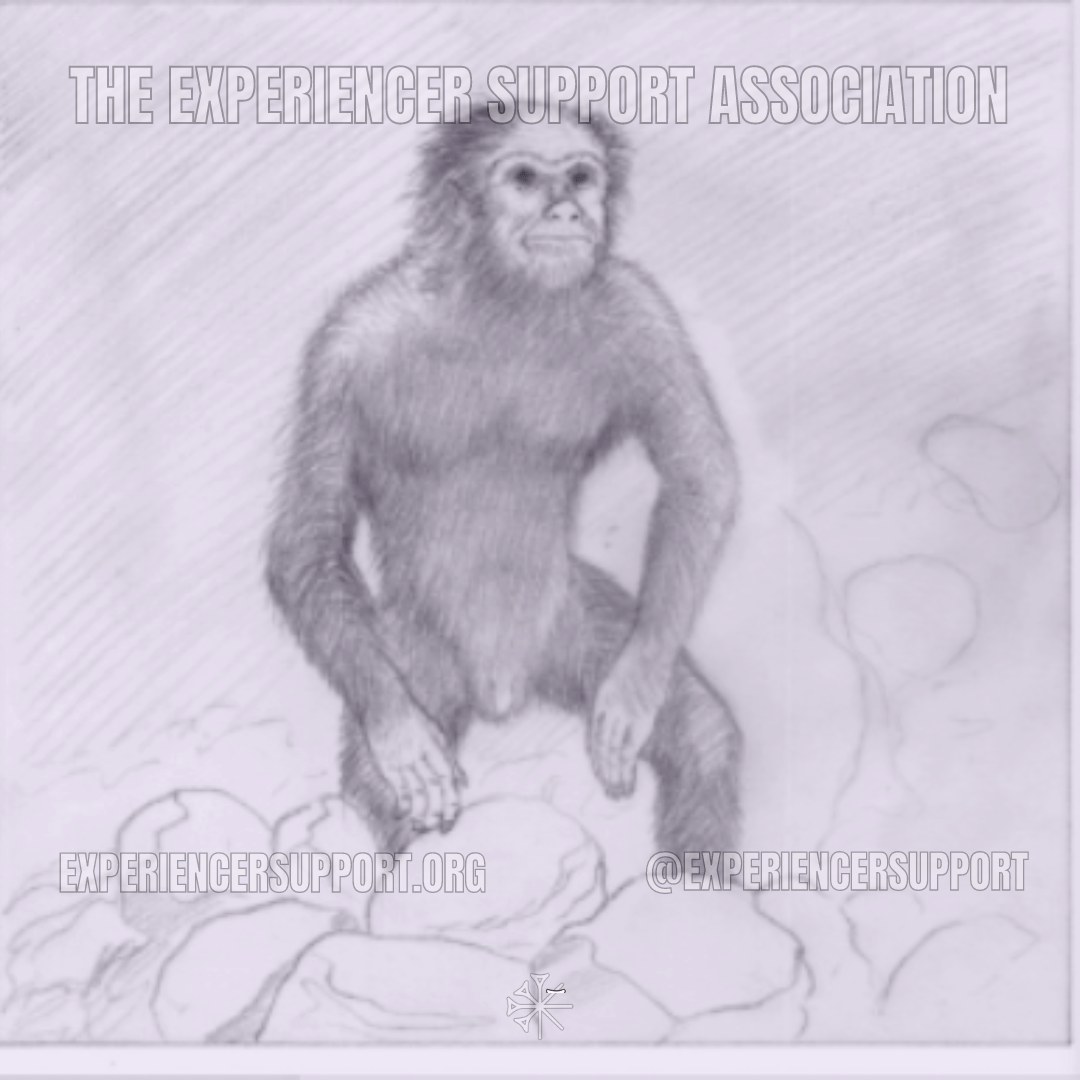
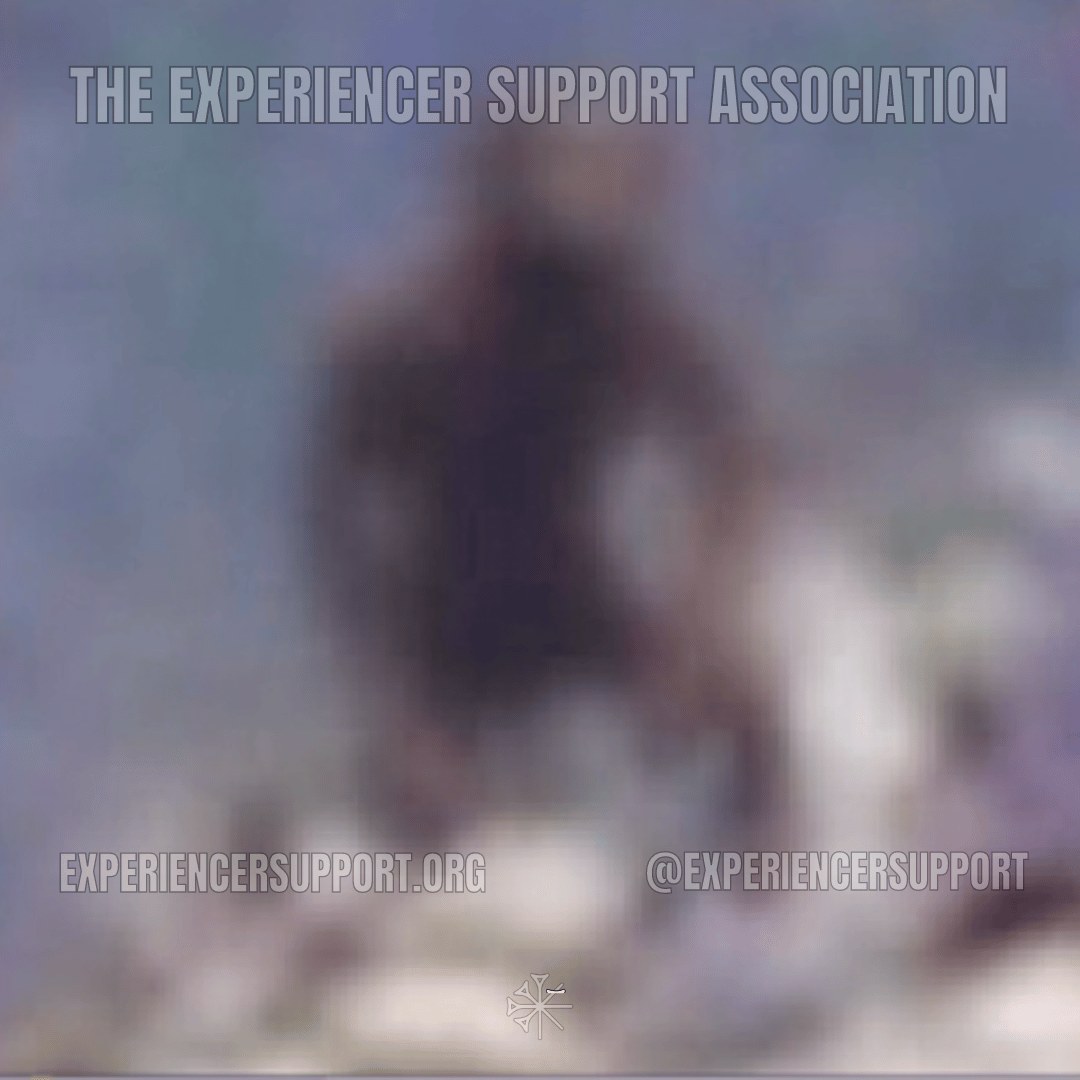
Â
 I also want to focus on the bow and arrows, although I am confident, and JRE confirms this, that they belong to a human. How modern a human is remains to be seen, but I would be surprised if X5 turns out to be something more, although there’s no denying how archaic these artifacts are. There also has been quite a bit of talk by Anthropologists of late on the possibility of Homo erectus using weapons. And with the recent discovery that Homo erectus survived up until 100,000 years ago and co-existed with Homo sapiens, well, this may yet play a part in the story of X.Â
Â
This is an angle I’m putting a lot of focus on, but regardless, having something tangible certainly helps, especially when attempting to secure funding for an expedition. Also, we know the bow and arrows exist; I know where they are.
Â

Â
So again, the bow and arrows display more archaic technology than bows and arrows from known tribes in the region. JRE could not match the technology, type, or shape level with any known tribe. JRE felt that they, in all likelihood, belonged to an unknown primitive tribe of Homo sapiens. Whether there is a link with the more primitive X remains to be seen, and this is why further study is necessary in the forest of Kenya and probably Tanzania.
Â
A Complication of Perspective
Â
Things get further complicated once we take an overall look within the region, outside the continent region and Africa in general. As a professional Cultural Anthropologist, JRE conducted years of research, interviewed countless eyewitnesses and shared her data in her book “Les HominidĂ©s non identifiĂ©s des forĂŞts d’Afrique.” Here’s the important thing: she was a Cultural Anthropologist first and not a Physical Anthropologist, and the difference resides in how you share your data.Â
My Bachelor of Science, for example, is in Physical Anthropology, so I look at everything from an evolutionary standpoint and look for the genetic relationship between species. So when I deal with Bigfoot, the Yeti, or X, in this case, I infer their place in taxonomy from the evidence and data. I infer speciation. Are they Hominids, meaning apes or humans or ancestors/relatives of apes or humans? Or are they Hominins, humans and direct relatives and ancestors? What can I infer from their behaviour or from the evidence that we have?Â
Jaqueline RoumeguĂ©re-Eberhardt is trained in that as well and a lot more capable as an anthropologist than I am, but let’s remember that she didn’t have access to all the latest genetic discoveries and the revolution that has taken place in human evolutionary biology in recent years.Â
She didn’t know about Homo floresiensis, Denisovans, Homo naledi and the late survival of Homo erectus. We now know, beyond a shadow of a doubt, that modern humans co-existed with multiple Hominin species until relatively recently, many of which had a combination of contemporary and very primitive traits. This means numerous species similar to X exist in the recent fossil record, co-exist with modern humans, and share genes we can now trace back. This changes the game drastically.
I’ve been thinking about an expedition for decades, and I finally contacted Isabelle RoumeguĂ©re to confirm the existence of the bow and arrows and clarify the nature of X.Â
I am very much indebted to Christophe Kilian here, who provided me with a valuable article on Isabelle Roumeguere, which helped me track her down. While on Christophe, we also discussed the Yeti situation in the Pyrenees, and I hope to join him there for some research shortly.
I’m still narrowing down a more specific territory in Kenya, especially for the expedition I’m planning with cultural anthropologists Kenneth Joholske and Christophe. I had a much longer and more in-depth article in mind here, but because of our project, I have to hold some things back for now. Rest assured, this isn’t a quixotic quest.
Â
The Ghost Species
Â
There’s one more thing I wanted to address: genetics.
We now know, thanks to genetics, that modern Homo sapiens were born between 200,000 and 300,000 years ago in Sub-Saharan Africa, including the region X is reported from. We also know that between 300,000 to sometimes under 100,000 years ago in Africa and at least 25,000 years ago in Eurasia, multiple Hominin species co-existed and shared genes, including modern humans.Â
Many of these now officially extinct human relatives resembled the various X reported currently in Africa. We also know from genetics that Sub-Saharan Africa has the oldest and most diversity today. Think about this. Every element is present here for the birth and subsequent survival of a species such as X, even maybe more than one type. The question is now whether X is possible. It is, it was. The question is: is X there now, and what do we do about it?
So, are X1 and X2 relic Hominins from sometime between 300,000 years ago and, let’s say, 50,000 years ago or/and a result of the sharing of genes between Homo sapiens and more primitive relatives? I don’t know, and we can quickly get into unfavourable speculation here, so we have to trend with respect for Indigenous culture and with science and genetics as our tools not only further to expand our knowledge of our world and history but also with the intent of giving back to African culture and history because that is all of our history as well. The last thing we want to do is repeat the Colonial mindset of “primitive” Africa because that’s certainly not what we’re talking about here. We also cannot use those ugly mistakes of the past to refute the possibility of living archaic Hominins or even for Mokele-mbembe. Too many skeptics have used that argument against Cryptozoology.Â
As a quick last note, geneticists have also found a “Ghost species” in our genes apart from Neanderthals and Denisovans. This ‘Ghost species” is an ancient primitive relative that interbred with our species in – you guessed it – Sub-Saharan Africa. This is just the beginning, and with new tools like environmental DNA, the future of our past is so very bright.
Â

Alex Mistretta
International Man of Mystery
- Africa, Cryptozoology, Science, World
- Africa, Agogwe, Alex Mistretta, Almas, Anthropology, Ape, Australopithecine, Bigfoot, French National Centre of Scientific Research (NCSR), Hominid, Homo Floresiensis, Homo Naledi, Jaqueline Roumeguere-Eberhardt, Kenya, Maasai, Neanderthal, Orang Pendek, Primatology, Russia, Tanzania, The Experiencer Support Association (TESA), Yeti
-
Alex Mistretta

